There are a small handful of basic things that we consider necessary to live. Food, water, and shelter are often considered the essential three, and in a pinch you can just get by with food and water. And even then, if you have to choose between the two, water is what you need most.
Without water, a person can survive for a maximum of three to four days. In extreme conditions, this number may decrease even more. But for some animals in the world, dependence on water is almost irrelevant. Even the smallest amounts can support the life of all kinds of creatures.
10. Freshwater fish

You've probably heard the expression "drinks like a fish" when referring to someone who can drink a lot of liquid. At first glance, it seems like it makes sense. What creature could drink more water than a fish? They're submerged in it all the time, they must be constantly sucking in liquid, right? Not quite.
Freshwater fish do not drink water at all. As paradoxical as this may sound, it is true. This does not mean that they do not absorb water, which they do through their skin and gills by osmosis. But it would be dangerous for a freshwater fish to drink water the way humans and other animals do.
Because of the saltiness of the fish's bodily fluids, they cannot ingest this fresh water without killing themselves. Their kidneys would have to filter it incredibly quickly, otherwise the fish would risk exploding due to the imbalance of salt in their blood and organs.
Instead, they use their gills to filter water, allowing them to maintain the salt balance in their bodies without any health risks.
9. Mountain gorillas

Mountain gorillas are massive primates, weighing up to 400 pounds. Despite their bulk, most of the nutrients they eat come from plants, including leaves and stems, as well as small amounts of roots, flowers, fruits, and insects. They drink virtually no water.
When it comes to moisture, they get what they need from succulents, which can consist of exactly 50% of water, as well as from morning dew, which can also accumulate on the plants.
Those who study gorillas, and have done so for many years, have only recently noticed an increase in the apes' water consumption, possibly as a result of climate change and rising temperatures in the gorillas' natural habitat. As it gets hotter, the apes are more likely to feel the effects and risk dehydration if they do not supplement their diet with real sources of water.
However, under ideal conditions, a mountain gorilla may never need to seek out water to quench its thirst.
8. Marine mammals

We've already seen that fish don't drink much because they use their gills to get water through osmosis, and that sounds great. But what about sea mammals? Without gills, they're just like the rest of us. They have to drink water, right? Well, they've found a way around that, too.
For most marine mammals, particularly cetaceans such as whales and pinnipeds such as seals, water is absorbed through what they eat. For whales in particular, metabolizing proteins and fats from the creatures they eat can often provide all the water they need to survive. However, it is thought that under certain circumstances, these mammals can supplement their diet with seawater if they lose too much moisture through evaporation.
Even the tiny krill that massive blue whales feed on can, in most cases, provide enough water to sustain the marine mammals.
Incidentally, sharks, although not mammals, are similar to some of their smaller cousins. This means that they are saltier than the water they swim in. As a result, they also do not drink water, but simply absorb water, also through osmosis.
7. Koalas
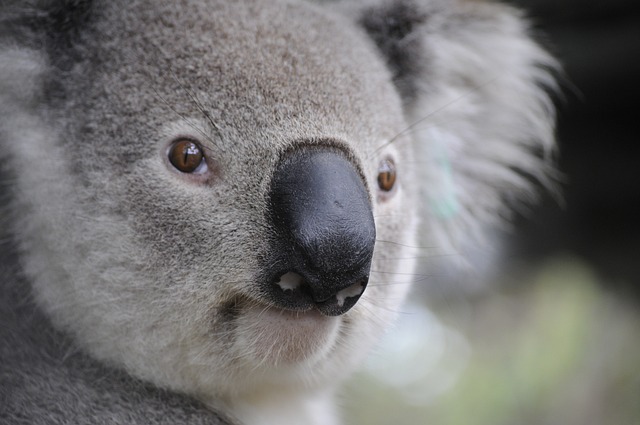
Koalas are like the unofficial ambassadors of Australia, and everyone seems to like the cute little guys, if for no other reason than that they look cute and small. They're also pretty remarkable little guys who've had a tough few years due to the terrible weather conditions down there.
Koalas don't normally need to drink water very often. As hard as it may be to believe, their very limited diet of eucalyptus leaves gives them what they need in the way of fluids. Or used to, anyway. They've also been observed simply licking up water that runs down trees during rain.
In recent years, soaring temperatures in Australia have forced koalas to take to the ground in search of new water sources. Videos and stories of koalas approaching humans and seemingly asking for water from water bottles are becoming increasingly common, something many people are happy to do.
6. Frogs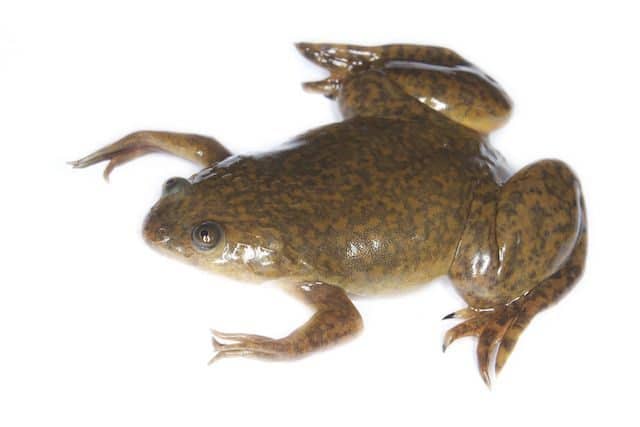
Frogs spend most of their lives in water, but surprisingly, they don’t drink much. However, how they stay hydrated may be smarter than you think. After all, not all frogs just sit in a pond and soak up water through their skin.
Green tree frogs in Australia use what is known as “lemonade physics.” They will go outside in the cold for a while, then return to their warm tree home. Water condenses on their skin, like droplets of moisture on a glass of cold lemonade on a hot day. They can absorb this water into their flesh, and it provides much-needed hydration.
While not all frogs mimic glasses of lemonade, they are all designed to ingest water rather than drink it. Many species of frogs can sit in water and absorb it through patches of skin on their thighs and abdomen, known as drinking patches.
5. Kangaroo rats

Most people aren't big fans of rats because of the "bringer of plague and death" they're so often associated with. But not all rats are created equal. Take the kangaroo rat, for example, which isn't really a rat at all, but is stuck in the name.
You can find these creatures in the Sonoran Desert, and they are so well adapted to desert life that they literally never need to drink water in their entire lives. Their bodies are almost miraculous in that they are able to extract water from things that humans would consider completely waterless.
Kangaroo mice eat seeds that aren't typically known for their juicy texture. Despite this, these little animals' metabolisms are capable of turning one gram of seeds into half a gram of water. To further increase their own hydration, their kidneys are capable of recycling urine to such an extent that what comes out is mostly crystallized, ensuring that no fluid is wasted.
4. Thorny Devil's Channel, Water from Sand
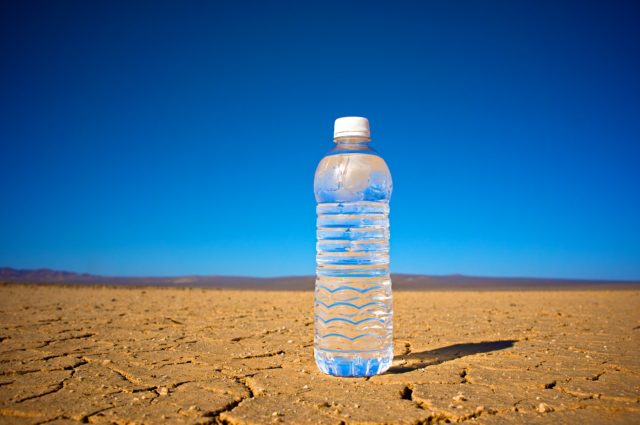
Of all the desert dwellers with unique adaptations for staying hydrated, few are as remarkable as the thorny devil. This scary-looking little beast doesn’t drink water, nor does it even need to absorb it through the food it eats, although they do seem to have the ability to absorb it through capillaries in their skin. The thorny devil is so good at hydrating itself where there is no water, it simply pulls it straight out of the sand and into its body.
Inside and among the many spines and bumps, the devil's spiny flesh is made up of microscopic grooves. When it touches sand that has even traces of moisture, these grooves can draw water out of the sand. The water is then channeled through these tiny grooves into the lizard's mouth, so that its entire body resembles a lumpy, spiny straw. The deeper it sinks into the slightly damp sand, the more liquid it can suck up.
Interestingly, the lizards couldn't drink water even if they wanted to. Their mouths aren't designed to lick water out of a puddle or stream, and are mostly only good for eating ants. So their drinking method isn't just unique and clever, it's necessary.
3. Naked mole rats

Naked mole rats aren't known as particularly attractive animals, although they do have a very cool name. They're also well-adapted to their environment and are hardy animals, to the point that scientists have noted that they almost never get cancer. But even beyond that, they almost never need to drink water.
Naked mole rats, which live underground, tend to eat parts of plants that also grow underground, mostly roots and tubers. That's where their water comes from, and the rats know it. They only partially eat the roots so the plant doesn't die. This means it will continue to grow and become food for the mole rat in the future.
2. Sand cats
What do you know about sand cats? These broad-faced but rather small wild cats can be found in parts of Africa and Asia, living, as their name suggests, in sandy desert climates. It stands to reason that as a desert species, they could adapt to an environment with little water, and this is very true for these little creatures.
With a maximum weight of three to 7.5 pounds, these animals are smaller than most domestic cats, although they have thick fur that makes them appear a little larger than they actually are.
Living in the desert has allowed sand cats to adapt to going weeks without a water source. Like other predators, they simply take what they need from their prey, like adorable little vampire kittens. If water is available, they will drink it, but otherwise, predatory animals such as rodents, birds, even spiders and insects will do the job.
1. Gerenuku

Gerenuks are slender, graceful animals whose name means "giraffe neck." They are a type of antelope native to Africa, but they appear much smaller than most species. Their heads, in particular, are quite tiny, which, combined with their large eyes and ears, gives them an almost cartoonish appearance.
Like many animals of the savannah and hot climates, it is well adapted to life in places where there is little water. Unlike most animals, gerenuks have taken this adaptation to a new level. One of these animals can live its entire life without ever tasting water.
They eat plants, and their long legs and necks allow them to climb higher into the branches to get more cover. Their populations are also dense in the driest areas where many other animals cannot survive due to lack of water, ensuring that gerenuks have an abundant supply of food due to the lack of competition.
To ensure that they start to hydrate, they have developed nasal passages that actually retain moisture rather than letting it escape when they exhale. Their urine is incredibly concentrated, and they are also incredibly sedentary, so they don't waste energy or water unless they have to.




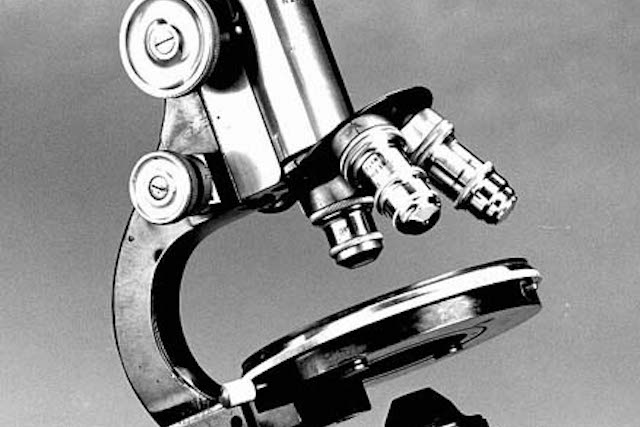
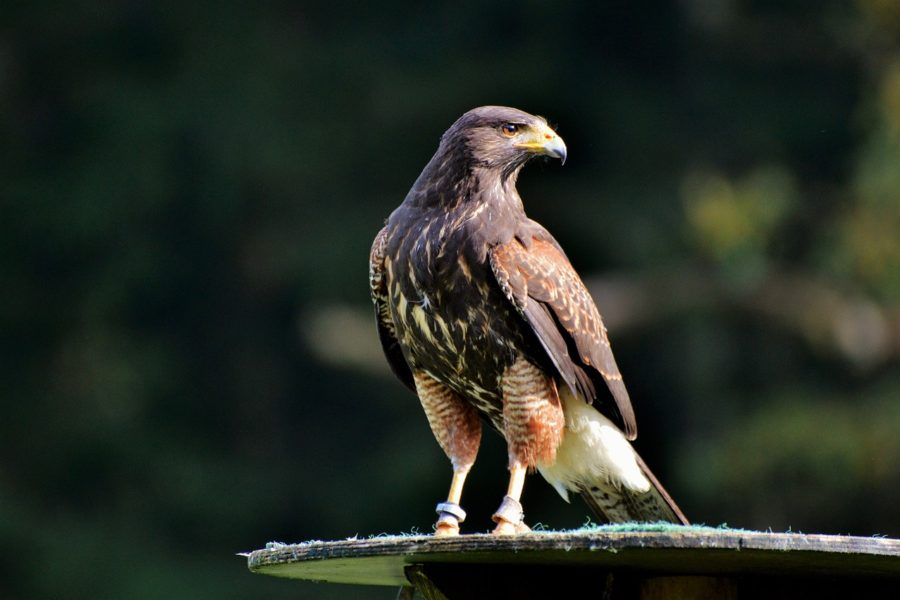







Оставить Комментарий